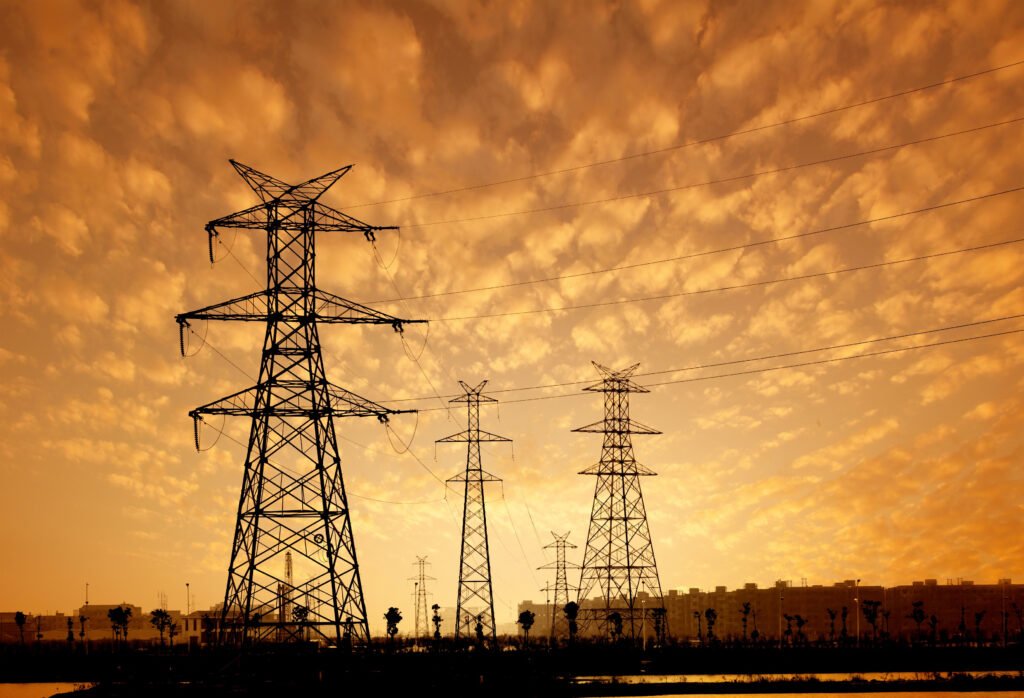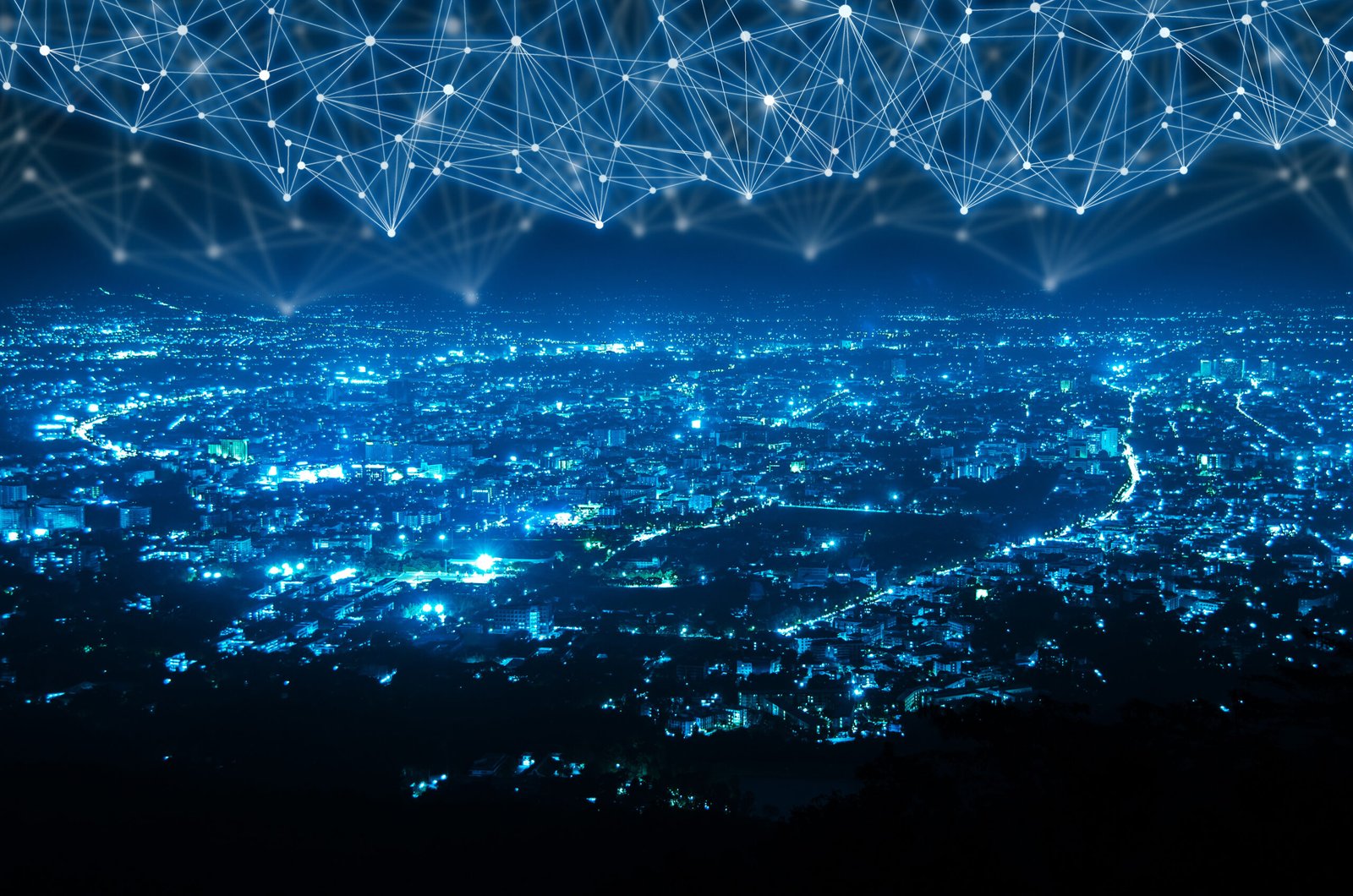Snippets
- AI optimizes grid efficiency by predicting energy demand and supply.
- Real-time data analysis minimizes outages and improves response times.
- Smart grid advancements driven by AI foster sustainable energy integration.
Table of Contents
ToggleIntroduction
Did you know that AI could soon be the brain behind our electricity grids, ensuring your lights stay on even during peak hours or extreme weather? As energy demands grow and renewable sources become a key player, managing the electricity grid has never been more complex—or exciting. AI’s ability to analyze massive datasets in real time is revolutionizing how we produce, distribute, and consume electricity. Let’s dive into how this game-changing technology is reshaping the energy landscape and what it means for our future.
The Need for AI in Modern Electricity Grids
Electricity grids today face unprecedented challenges. With the rise of renewable energy sources like wind and solar, the grid must juggle variable energy supply while maintaining consistent delivery. For instance, solar panels might overproduce on sunny days but fall short during cloudy weather. Similarly, wind turbines might generate more energy than needed during gusty conditions.
Add to this the increasing energy consumption of our modern lifestyles—electric vehicles, smart homes, and industrial demands—and you get a system struggling to keep up. Traditional grid management systems simply cannot process and react to such complexity in real time. AI steps in as a game-changer by making sense of this chaos, balancing supply and demand with unprecedented precision.

How AI Enhances Grid Efficiency
AI is redefining grid efficiency with three core capabilities:
Real-time Data Analytics: AI collects and processes data from millions of sensors embedded in the grid. This enables operators to detect anomalies, predict equipment failures, and prevent outages before they occur. Think of it as having a doctor for the grid who diagnoses issues before they become life-threatening.
Optimized Energy Distribution: By analyzing consumption patterns, AI adjusts energy flow to where it’s needed most. For example, during a heatwave, AI can prioritize power to residential cooling systems while conserving energy elsewhere.
Renewable Energy Forecasting: AI models can predict when and where renewable energy will peak. If a sunny day is expected, AI ensures batteries are charged to store the surplus for cloudy periods, reducing waste and reliance on fossil fuels.

Stay Informed. Stay Ahead
Join a community that goes beyond the headlines. Our newsletter delivers:
🔹 Curated Industry Insights
🔹 Expert Analysis
🔹 Actionable Impact
No fluff. No generic updates. Just meaningful insights that help you lead in a fast-evolving industry.
Case Studies of AI Implementation in Grids
AI is no longer a futuristic idea—it’s already powering grids worldwide. Here are some standout examples:
Smart Renewable Integration in Europe: AI systems are enabling grids to seamlessly incorporate wind and solar energy. For instance, in Germany, AI helps manage fluctuating renewable outputs, ensuring grid stability despite varying weather conditions.
Urban Load Management in the US: Cities like San Francisco are using AI-driven load balancing to prevent blackouts. AI systems can predict peak usage times and adjust power distribution to avoid overloading circuits.
Cyberattack Mitigation in Asia: AI-based security protocols have successfully thwarted cyber threats on power grids in India, ensuring uninterrupted electricity during critical periods.
These real-world successes underline AI’s potential to transform energy management.
Challenges and Ethical Considerations
Despite its promise, integrating AI into electricity grids isn’t without hurdles. Here are some critical challenges:
Job Displacement: Automation may replace traditional grid management roles, requiring reskilling of the workforce. For example, engineers who once manually adjusted grid operations might need to pivot to AI system management.
Data Privacy and Cybersecurity: AI systems require vast amounts of data, raising concerns about potential breaches. A single vulnerability could expose sensitive consumer information or even disrupt the grid itself.
Ethical Decision-Making: Imagine a grid emergency where AI must choose between cutting power to a hospital or a residential area. Such decisions raise questions about accountability and moral reasoning in AI algorithms.
Addressing these challenges requires transparent policies and collaboration between governments, energy providers, and tech companies.
The Future of AI in Energy Management
The future of energy is decentralized, sustainable, and AI-powered. Here’s a glimpse of what lies ahead:
Decentralized Grids: AI will enable peer-to-peer energy trading, where households with solar panels can sell surplus power directly to their neighbors. This reduces dependency on centralized utilities and promotes community-based energy systems.
Sustainability Boost: AI-assisted tools will help industries and households minimize their carbon footprint by optimizing energy use and promoting renewable adoption.
Innovative Storage Solutions: Advanced AI algorithms will manage battery storage systems, ensuring maximum efficiency. For instance, Tesla’s AI-powered Powerwall already allows users to store solar energy for nighttime use.
These innovations promise a future where energy is accessible, efficient, and environmentally friendly.
Conclusion
The electricity grid of the future is smart, sustainable, and powered by AI. From predictive maintenance to seamless renewable integration, AI is driving efficiency and reliability like never before. While challenges like cybersecurity and ethics need addressing, the benefits are undeniable. Ready to explore how AI could power your life? Share your thoughts and experiences in the comments below!
Written by Deepak P, an electrical engineering enthusiast and educator. The author can be reached at pssd994@gmail.com




The blend of slots, live dealers, and fishing games at JLJL PH really sets it apart. Their secure login and diverse payment options make for a smooth, trustworthy experience worth exploring.